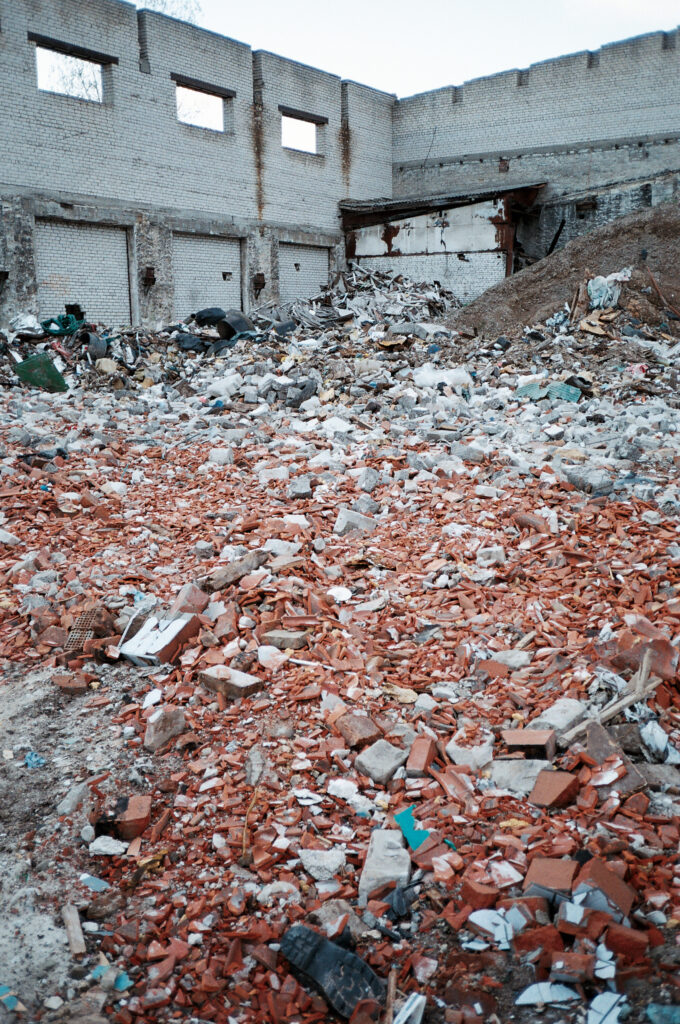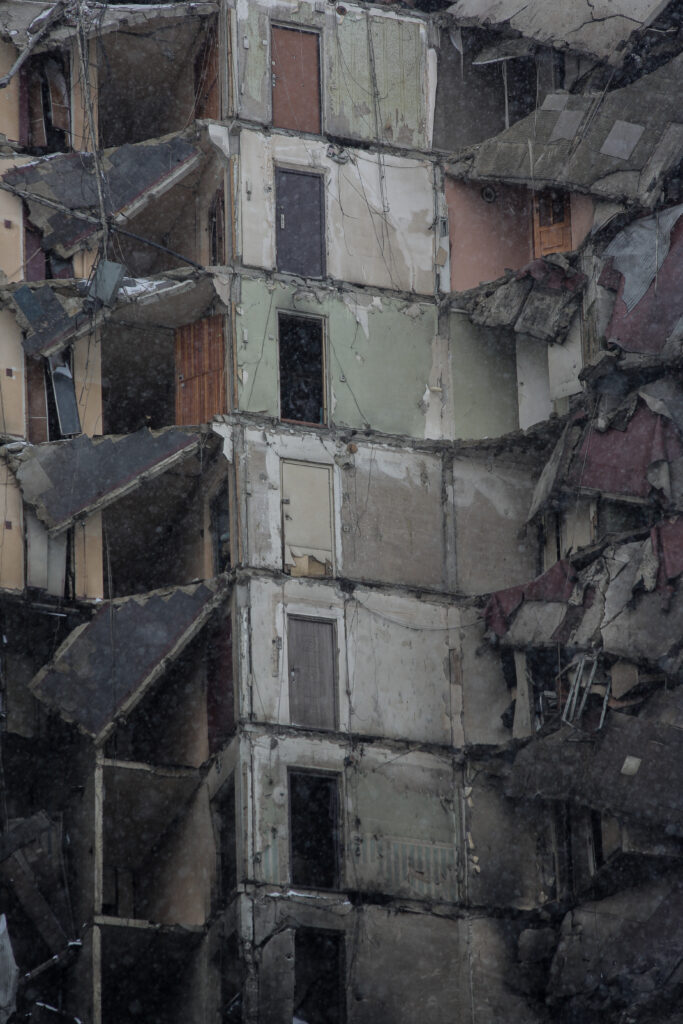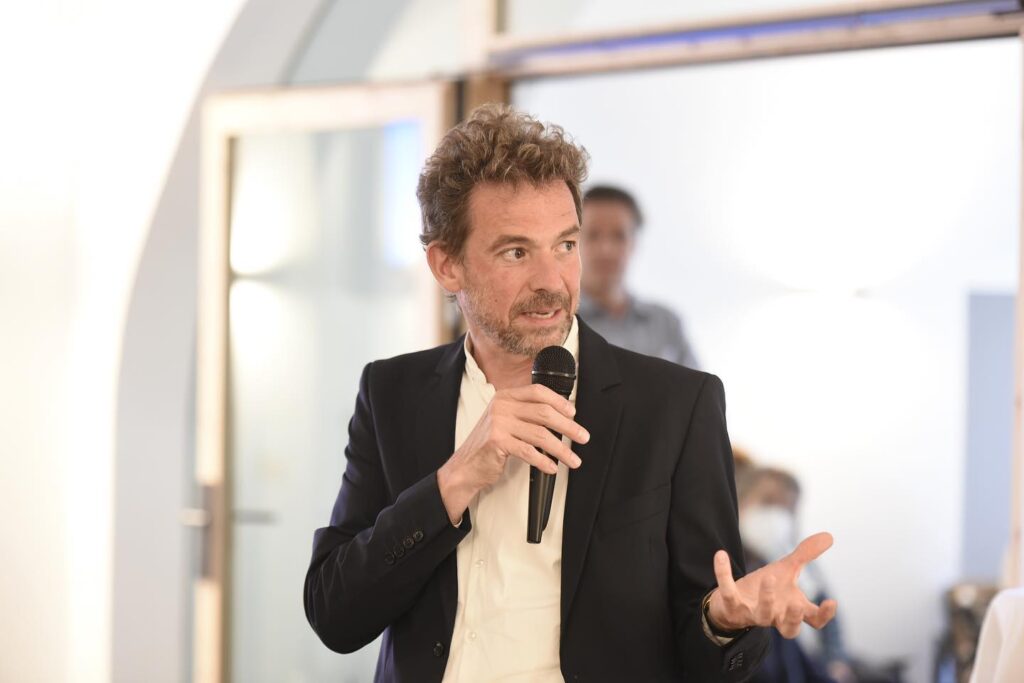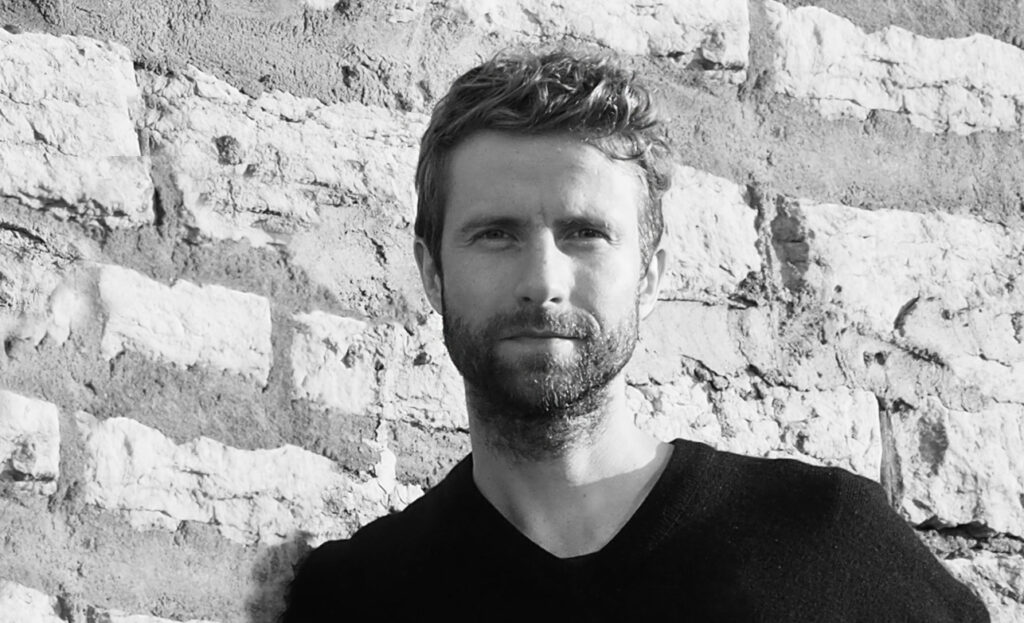TAB 2024
Architecture instrumentally shapes the world and therefore our resources are the primary drivers for future development.
The exhibition will explore the resourceful diversity of architectural materials, building concepts, and social planning. Although focused on the local base, it will have a worldwide perspective and call to action.

Photo: Mariann Drell
After Sustainability: Architecture Remains
Escalated global tensions imposed new tasks on architecture, where architects are left with a reduced amount of resources for the creation of social mobility, diversification, and changeability as the usual parameters of conceiving architecture. What approach must we take in such a setting? The mass architecture will not disappear, but it needs to accept the resources available to it. Access to quality in architecture should not be limited to a fortunate minority. To sustain social cohesion, we have to create environmental opportunities for everyone. Architecture serves beyond aesthetic purposes; it’s a powerful transforming tool that creates social life, but for that, we have to raise the building profession by moving it into the architecture of the unseen, unpleasant and hidden.
How to conceive and construct an architectural program that remains stabilising enough to support architecture amidst ever-changing environmental conditions in perpetual crisis?
We are facing a challenge to operate within unsustainable and prevailing conditions that need to be converted into resources for the future development of society. Utilising local resources would reinforce existing structures and facilitate the transformation towards improvement and progress. Defensiveness and reusefulness will be the basis of future construction in architecture. Buildings need to be in use for a much longer time, despite our economically driven lifestyle.
How does undermining stable, traditional, and conscious experience in architecture influence contemporaneity? Finally, as we implode urban planning strategies, what can we learn from the Estonian experience?

Photo: Pavel Dorohoi
Curatorial
Under the general theme ‘Resources for a Future’ we coalesce three sides that constitute architecture as big architectural resource:
RESOURCE I: SOCIAL INTELLIGENCE
Intelligence anticipates architecture and provokes urban visions. The viability of the building is anchored to the intellectual perspectives of the social space we live in. Complete urban galore, ruled by private and public interests is a field of the Social Intelligence section. How does social urbanism, forced by the unexpected, keep our cities alive? How can we use our intellect to enter a city of limited material resources? How does the building, by attracting people, form a sense of the most powerful tool of the liveable city- public community and what is the place of the local in a global urban policy? We propose to unfold the possibilities of architectural intelligence and give cities a tool to build out of the unseen.
RESOURCE II: BUILDING CONCEPT
The confluence of materials and social power regulate the order for a spatial formation of the building. Intended to typify the endless, the section Building Concept is searching for translative tools in constructing possibilities of the coming architecture. Positioning edifices as not only erected complete forms but as sensemaking systems, we experience not only safety but also a sense in our cities. Many ideas for our buildings in their inner modeling, typological logistics and structural retrofitting will be explored in the given section. We will reveal the low geometries of local architecture, constraints of contemporary constructives, probate spatial intricacy of the defensible architecture as well as implode typification and structural possibilities of the existing buildings.
RESOURCE III: MATERIAL FORMATION
Material culture as a resource is an essential reserve a builder is attached to. The refinement of instant decisions on the building materials is paramount. Behind any possible material elaboration, we find a forming legend that exists in society as a constantly changing intellectual relations that senses material relevance. But how do we organise material culture around architecture? How is our understanding of materials defining and evolving in translation to architectural time? How does material pragmaticism dictate urban rules and respond to social crises through tangible construction? The Material Formation section will give a space for questioning as well as for answering on ruling material principles in architecture.
Curatorial Team

Anhelina L. Starkova, Head Curator

Daniel A. Walser, Co-Curator

Jaan Kuusemets, Co-Curator
History of Tallinn Architecture Biennale
TAB is organised by Estonian Centre for Architecture.
TAB 2022 “Edible; Or, The Architecture of Metabolism” was curated by Lydia Kallipoliti, Areti Markopoulou in collaboration with Chief Local Advisor Ivan Sergejev. In the biennale “food” was approached both literally and metaphorically.
TAB 2019 “Beauty Matters” was curated by Dr Yael Reisner. The biennale focused on the how beauty matters again, reflecting a cultural shift after nearly eighty years of dormancy when beauty was a tabooed and denigrated subject.
TAB 2017 “bioTallinn”, curated by Claudia Pasquero (ecoLogicStudio), challenged the typical assumptions of what constitutes the boundaries between the natural and artificial realms.
TAB 2015 “Self-Driven City”, curated by Marten Kaevats, explored future cities with self-driven cars.
TAB 2013 “Recycling Socialism”, curated by Aet Ader, Kadri Klementi, Karin Tõugu, and Kaidi Õis, redefined the Soviet-era urban environment in Tallinn.
TAB 2011 “Landscape Urbanism”, curated by Villem Tomiste